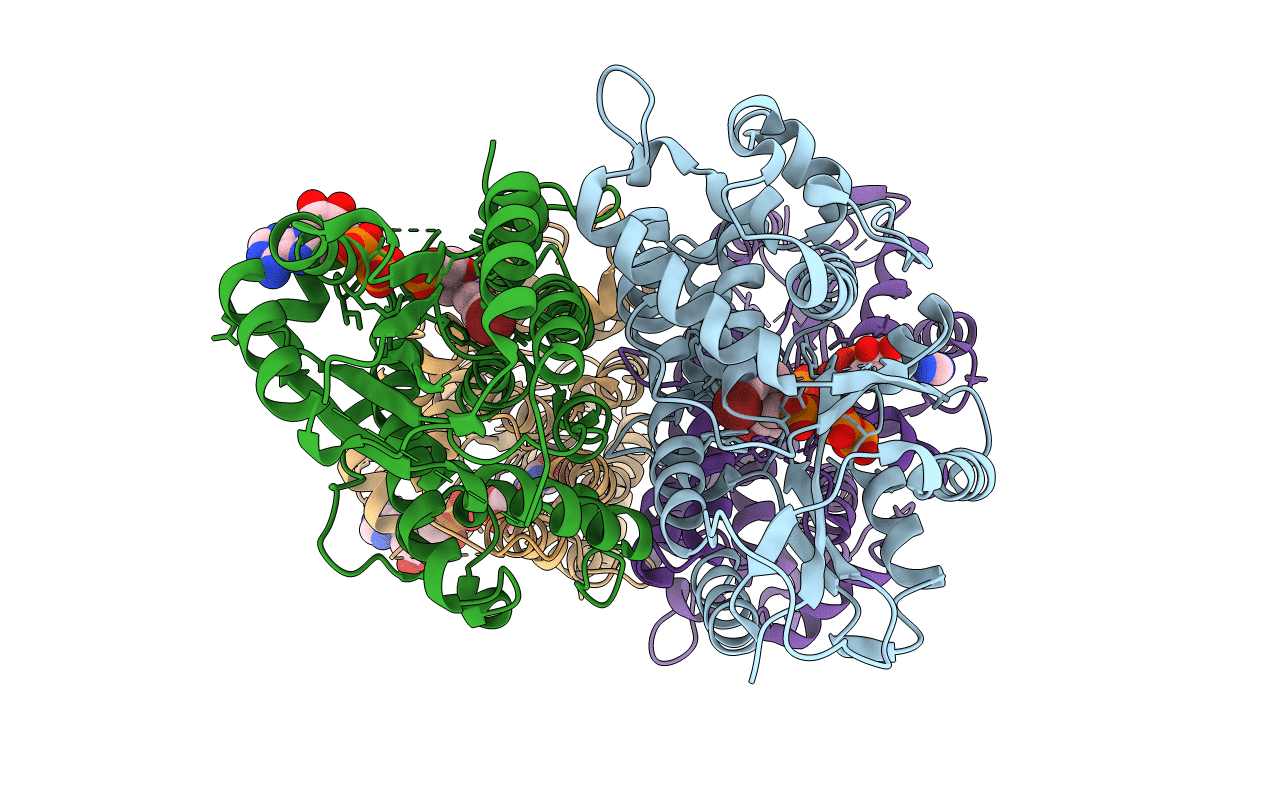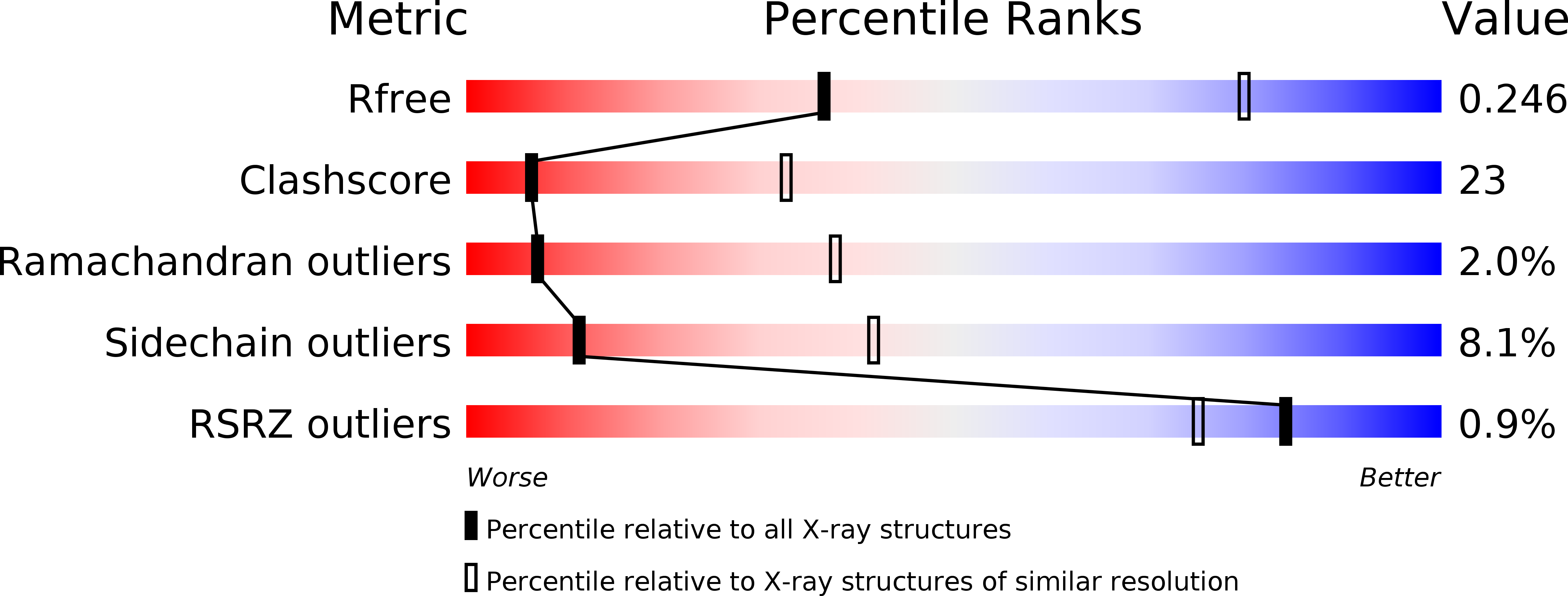
Deposition Date
2003-03-20
Release Date
2003-06-10
Last Version Date
2023-10-25
Entry Detail
PDB ID:
1OSN
Keywords:
Title:
Crystal structure of Varicella zoster virus thymidine kinase in complex with BVDU-MP and ADP
Biological Source:
Source Organism:
Human herpesvirus 3 (Taxon ID: 10335)
Host Organism:
Method Details:
Experimental Method:
Resolution:
3.20 Å
R-Value Free:
0.26
R-Value Work:
0.23
Space Group:
P 1 21 1


